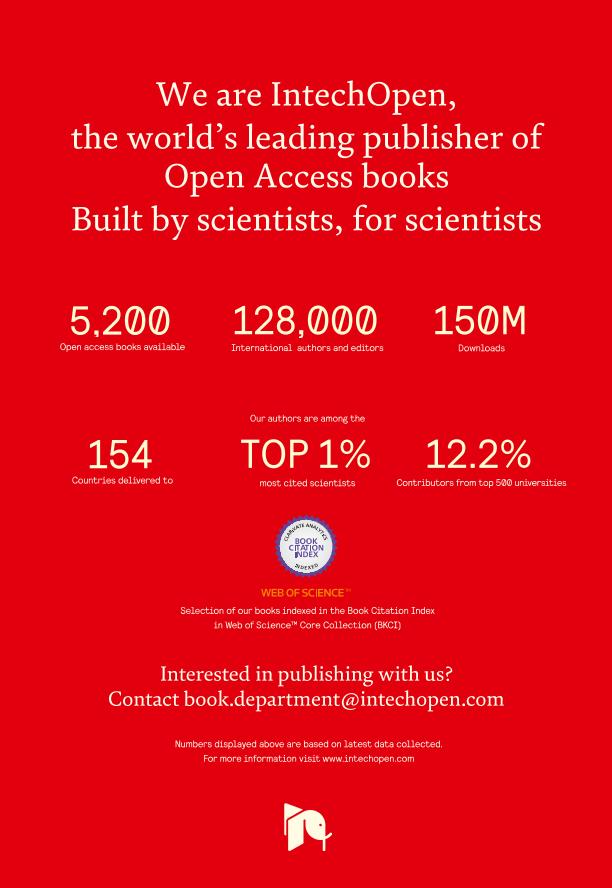Mostrar el registro sencillo del ítem
dc.contributor.author
Toro Urrego, Nicolas

dc.contributor.author
Avila Rodriguez, Marco
dc.contributor.author
Herrera, María Inés
dc.contributor.author
Aguilar, Andrea
dc.contributor.author
Udovin, Lucas
dc.contributor.author
Luaces, Juan Pablo

dc.contributor.other
Otero-losada, Matilde Estela

dc.date.available
2021-04-09T11:49:39Z
dc.date.issued
2020
dc.identifier.citation
Toro Urrego, Nicolas; Avila Rodriguez, Marco; Herrera, María Inés; Aguilar, Andrea; Udovin, Lucas; et al.; Neuroactive Steroids in Hypoxic–Ischemic Brain Injury: Overview and Future Directions; IntechOpen; 2020; 1-42
dc.identifier.isbn
978-1-83880-440-4
dc.identifier.uri
http://hdl.handle.net/11336/129690
dc.description.abstract
Hypoxic?ischemic brain injury is a number one cause of long-term neurologic dis- ability and death worldwide. This public health burden is mainly characterized by a decrease in oxygen concentration and blood flow to the tissues, which lead to an inef- ficient supply of nutrients to the brain. This condition induces cell death by energy depletion and increases free radical generation and inflammation. Hypoxic ischemic brain injury may occur in ischemic-stroke and over perinatal asphyxia, being both leading causes of morbidity in adults and children, respectively. Currently, there are no effective pharmaceutical strategies to prevent the triggering of secondary injury cascades, including oxidative stress and metabolic dysfunction. Neuroactive steroids like selective estrogen receptor modulators, SERMs, and selective tissue estrogenic activity regulators, STEARs, exert several neuroprotective effects. These encompass mitochondrial survival, a decrease in reactive oxygen species, and maintenance of cell viability, among others. In this context, these neurosteroids constitute promising molecules, which could modify brain response to injury. Here we show an updated overview of the underlying mechanisms of hypoxic ischemic brain injury. We also highlight the neuroprotective effects of neurosteroids and their future directions.
dc.format
application/pdf
dc.language.iso
spa
dc.publisher
IntechOpen

dc.rights
info:eu-repo/semantics/openAccess
dc.rights.uri
https://creativecommons.org/licenses/by-nc-sa/2.5/ar/
dc.subject
neuroactive steroids
dc.subject
hypoxia-ischemia
dc.subject
brain injury
dc.subject.classification
Neurociencias

dc.subject.classification
Medicina Básica

dc.subject.classification
CIENCIAS MÉDICAS Y DE LA SALUD

dc.title
Neuroactive Steroids in Hypoxic–Ischemic Brain Injury: Overview and Future Directions
dc.type
info:eu-repo/semantics/publishedVersion
dc.type
info:eu-repo/semantics/bookPart
dc.type
info:ar-repo/semantics/parte de libro
dc.date.updated
2021-03-26T20:15:39Z
dc.journal.pagination
1-42
dc.journal.pais
Reino Unido

dc.description.fil
Fil: Toro Urrego, Nicolas. Consejo Nacional de Investigaciones Científicas y Técnicas; Argentina
dc.description.fil
Fil: Avila Rodriguez, Marco. No especifíca;
dc.description.fil
Fil: Herrera, María Inés. No especifíca;
dc.description.fil
Fil: Aguilar, Andrea. No especifíca;
dc.description.fil
Fil: Udovin, Lucas. No especifíca;
dc.description.fil
Fil: Luaces, Juan Pablo. Universidad Abierta Interamericana. Secretaría de Investigación. Centro de Altos Estudios En Ciencias Humanas y de la Salud - Sede Buenos Aires.; Argentina. Consejo Nacional de Investigaciones Científicas y Técnicas; Argentina
dc.relation.alternativeid
info:eu-repo/semantics/altIdentifier/url/https://www.intechopen.com/chapters/73869
dc.relation.alternativeid
info:eu-repo/semantics/altIdentifier/doi/http://dx.doi.org/10.5772/intechopen.93956
dc.conicet.paginas
400
dc.source.titulo
Neuroprotection: New Approaches and Prospects
Archivos asociados
